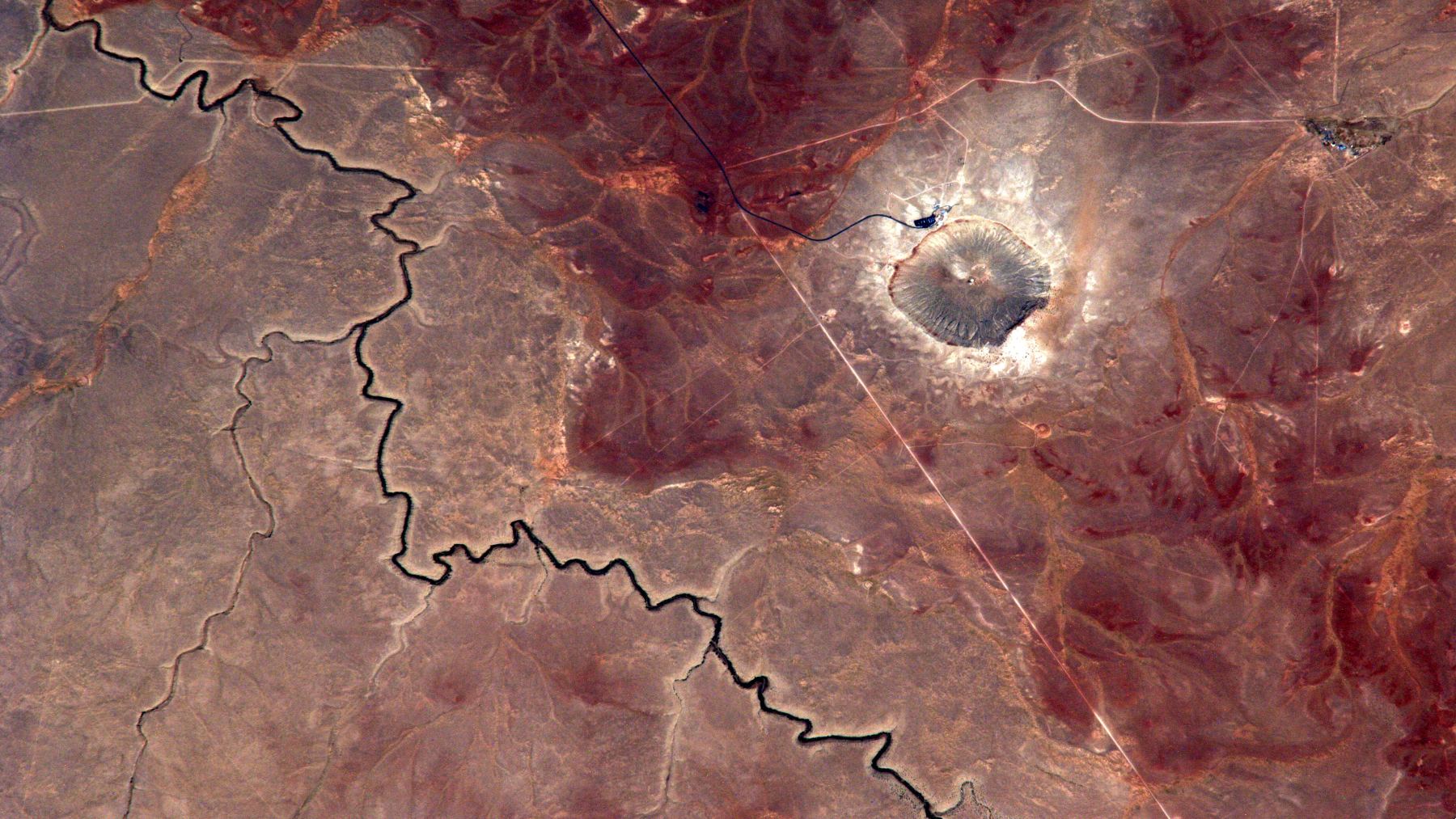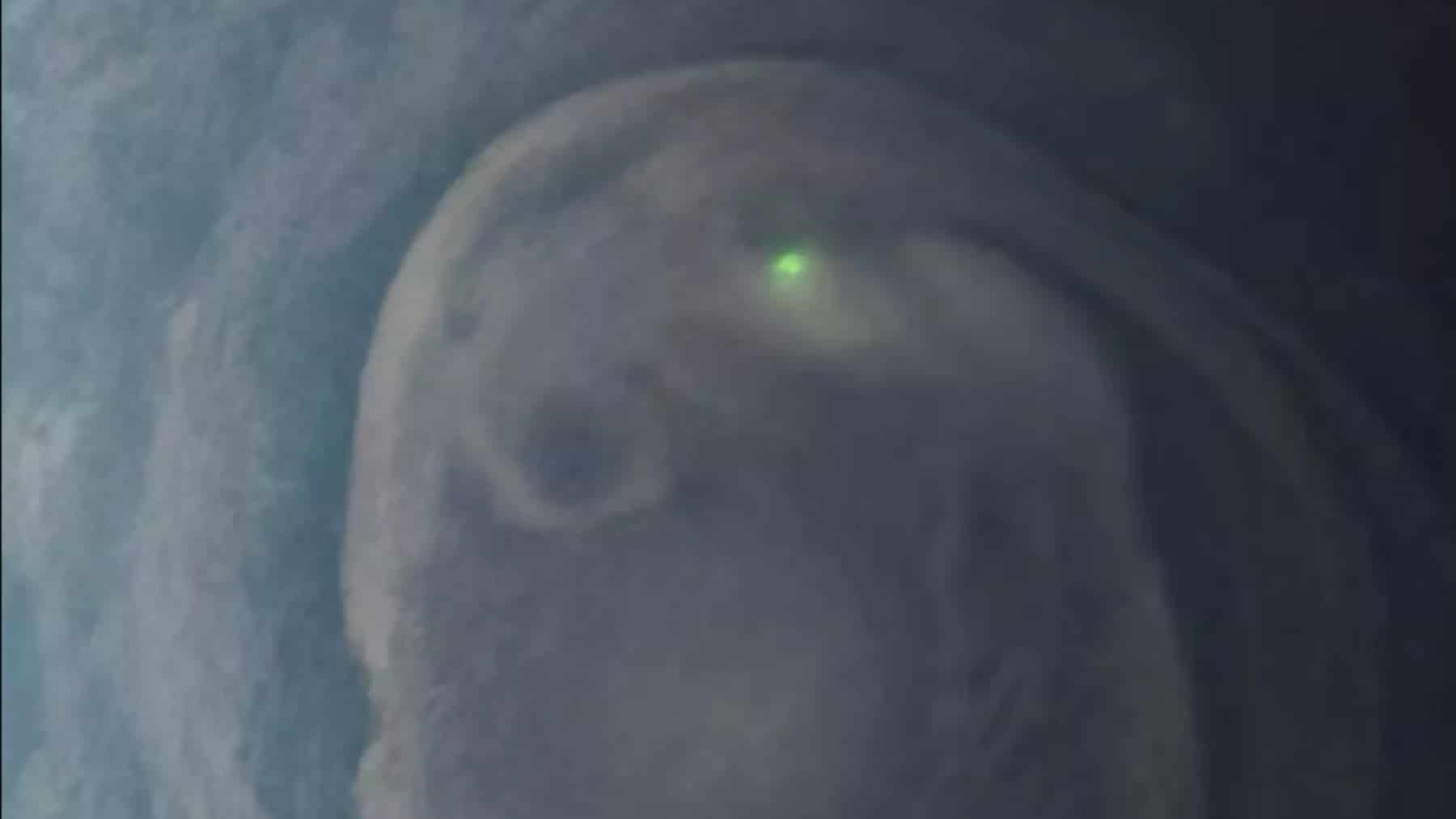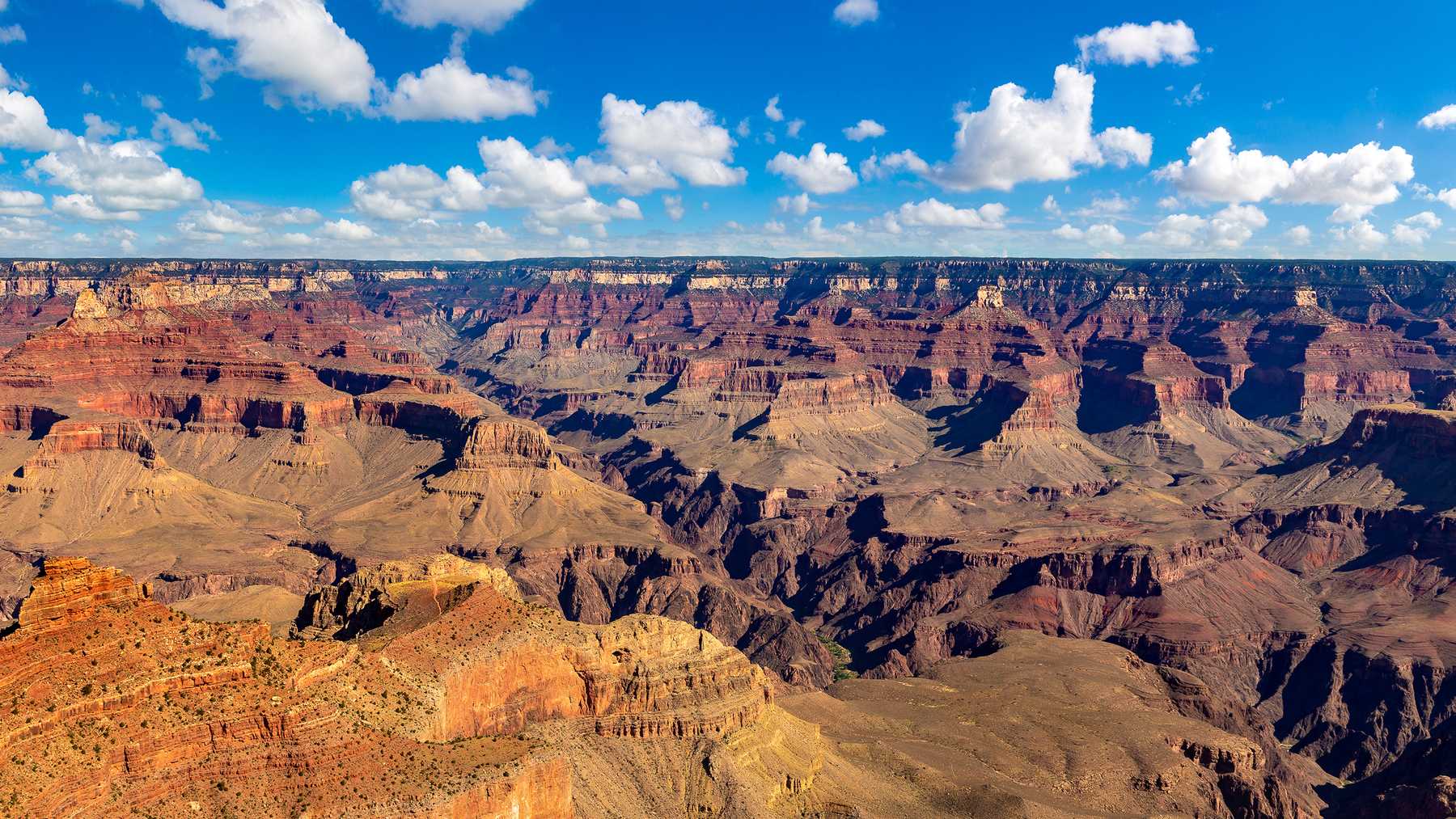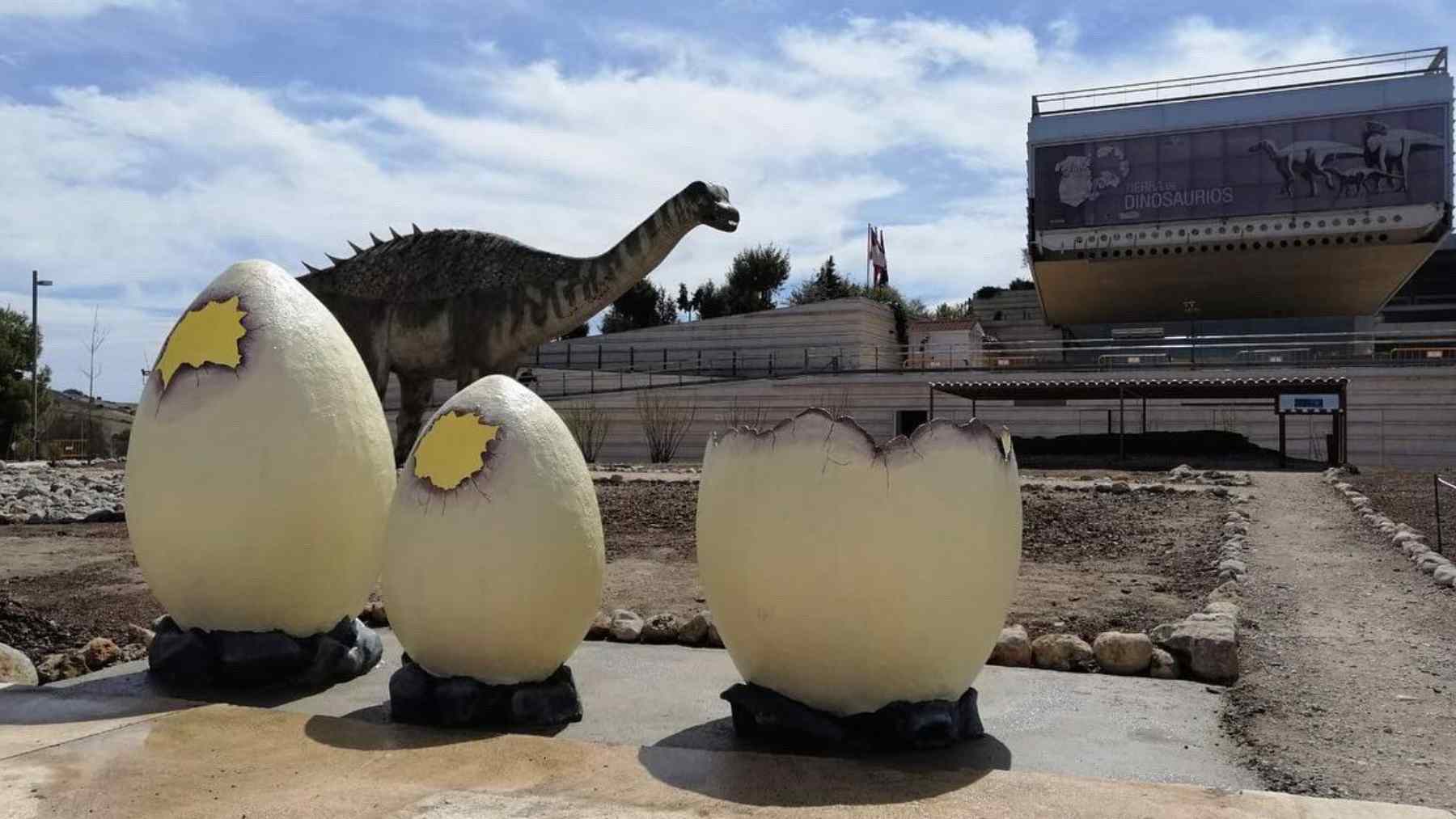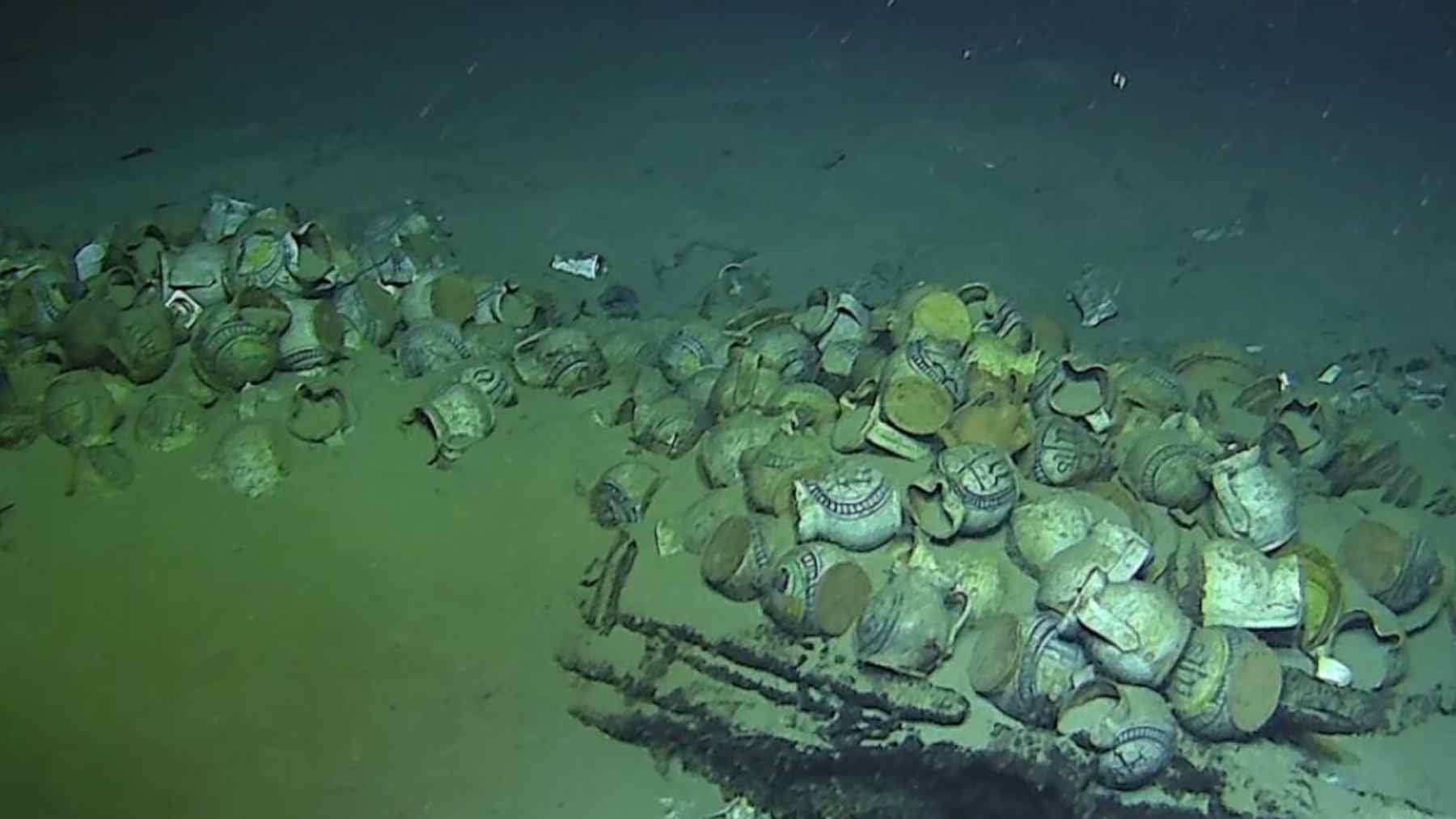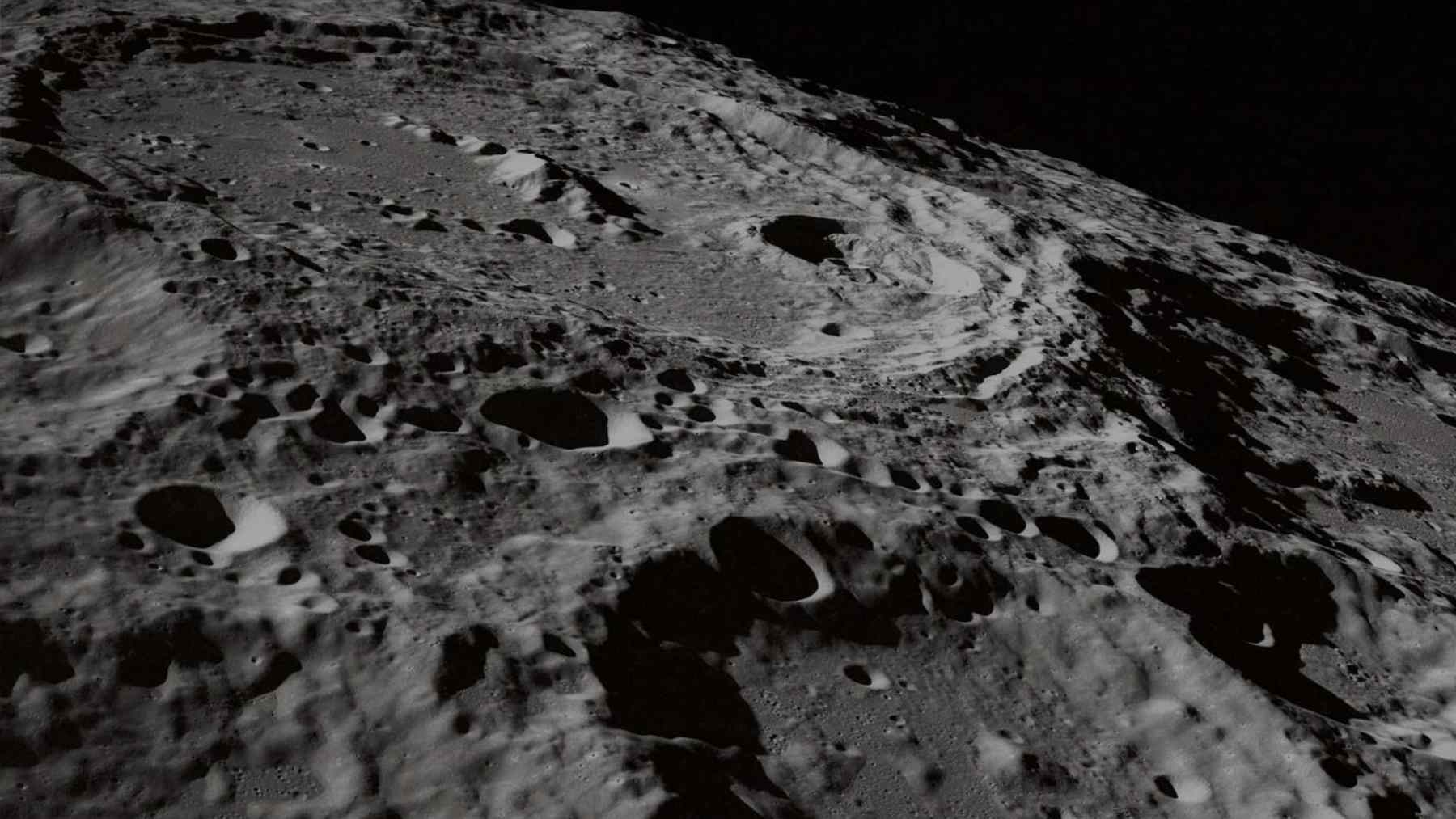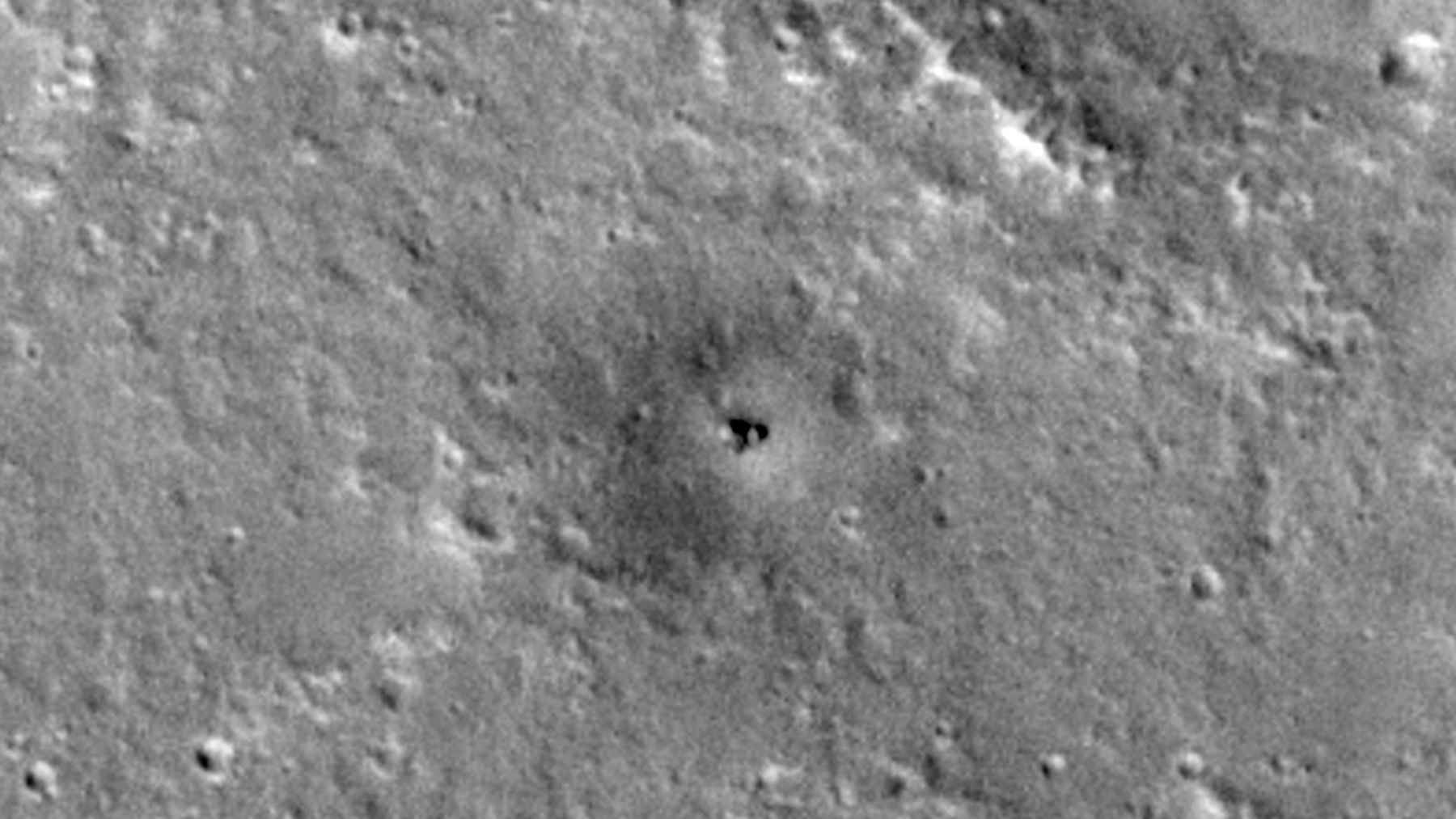National Aeronautics and Space Administration experts verified that Washington County received meteorites on February 21st, 2025. The meteorite’s arrival provoked extensive public fear, and people started discussing how it could affect local and national scales. The paper delivers comprehensive information regarding the meteorite impacts of February 21 in Washington County, Maine, along with an investigative assessment of their importance.
A blazing green flash and a thunderous boom—what really happened?
On February 21, 2025, Washington County, Maine’s residents witnessed something extraordinary during their nighttime. The sudden appearance of large green luminescence in the sky was rapidly followed by a powerful noise that filled the entire region. NASA studies verified that meteorites gained visibility through their atmospheric entry while making their collision points at the location known as Codyville Plantation.
Multiple objects detected by radar sites crossed through the atmosphere quickly before ending their flight near Codyville. NASA scientist Dr. Marc Fries explains that meteoroids survived as leftover space debris from the solar system’s birth since they failed to develop into planets. The meteoroids generate bright streaks that become visible as meteors while passing through Earth’s atmospheric layer. The surviving fragments from the trip that land safely become meteorites.
Meteorites in Washington County measured about two pounds as their biggest pieces, but they all remained relatively small. Components weighing roughly one gram spread over the region as minor meteoritic material. The meteorites moved through the atmosphere at speeds exceeding 24,000 miles per hour, which NASA identified as an exceptional velocity. Compelling evidence indicates that meteoroids experienced orbital disturbances through gravitational forces from Jupiter and other space objects.
Scientists sound the alarm: Could the next one be catastrophic?
Such a meteorological event in Washington County resulted in no instant harm but exposed various difficulties linked to these occurrences. Several compelling reasons exist for America to pay attention to the situation. They traveled fast through space at these speeds before their orbital path altered, demonstrating that future meteoric occurrences may happen. Larger meteorites penetrating Earth’s atmosphere can wreck infrastructure and endanger the safety of humans. Near-Earth object tracking functions as a vital risk-management practice for these NEOs.
Meteorites contain multiple materials, including metals and organic compounds. Washington County residents currently endure negligible environmental risk from tiny meteorites, but larger celestial objects could introduce dangerous substances. The sonic boom and light flash emitted by meteorite entries cause residents to experience stress and panic.
Observing and managing meteorite risks requires substantial financial resources. Protecting communities and reducing economic loss requires investments in superior detection systems and planned response strategies for possible impacts. Space exploration investments and preparedness strategies became essential after the recent Washington County meteorite incident.
NASA reveals how they plan to prevent a disaster
NASA maintains active research initiatives that evaluate Earth proximity objects for threat assessment. As its primary function, the Planetary Defense Coordination Office (PDCO) of NASA identifies threatening asteroids and performs their characterization and tracking operations. NASA operates this assessment method for meteorite protection;
- NASA advances detection and tracking methods to enhance its ability for effective near-Earth object identification and monitoring. The search for threatening space objects uses observatories in space and ground-based telescopes for discovery purposes.
- NASA leads an effort to teach the public about meteorite dangers and planetary defense systems because public education is a vital part of its protective strategy. NASA works to spread knowledge so communities develop improved preparedness against possible dangers.
- Protecting against meteorite impacts requires collective action from countries worldwide. NASA works with international space agencies and organizations to exchange data, which helps build unified response plans. Organizational cooperation improves the general success rates of planetary defense operations.
The meteorite event in Washington County, Maine, has created a wide-ranging alarm in both America and the worldwide population. Although the event weakly affected Earth, it demonstrates the necessity for sustained financial support for outer space study and planetary defense measures. Better detection systems, tracking technologies, and improved global cooperation will help us prevent and decrease potential dangers from meteorite impacts.
